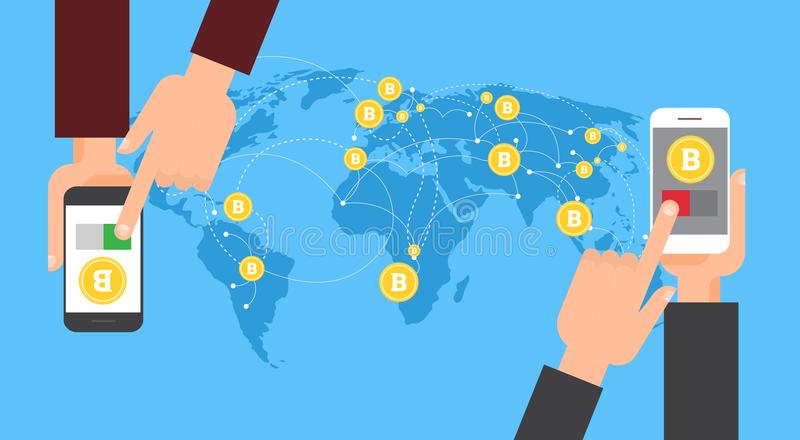Recently, the Fed had stated that the inflation in the economy was transitory in nature and there was nothing to be worried about. But scrutinizing the state of the bond investors, they are currently looking at the 4.2% annual rate that U.S. consumer prices jumped to in April. Therefore could it so, that the Federal Reserve is grossly underestimating the inflation in the economy and is wrong about higher prices being transitory? In that case, Fed needs to eye its space- race-type competition to offer digital cash.
It’s a project that can be best undertaken after price pressures in the economy have eased, and the vast pools of excess liquidity needed to fill the gaping economic hole is left by the pandemic. A significant premature contest to introduce a digital euro, digital yuan, FedCoin or BritCoin could see them emerge as widely accepted substitutes for currency. These would constitute as a substitute for not only the physical cash but for bank reserve as well.
The first Industrial Revolution took place years ago, it led to new technologies like assembly lines, factories and transportation to be invented which fundamentally changed the society for its betterment. This time, instead of cogwheels doing the entire work, blockchain-based digitalization (cryptocurrencies) will continue to drive transactions. Specifically, this latest phase of progress has its sights set on a massive industry ripe for disruption: finance.
It is to be noted that digital finance and the monetary system is leveraging decentralized blockchain technology to modernize the financial markets. Dominant players in these systems include the world’s biggest financial institutions and global central banks.
Due to this, tackling inflation could then get much harder. To scrutinize why, consider the typical response to unexpected inflation from a monetary institution that does a lot of quantitative easing. Quantitative easing is done by selling some government and corporate bonds to the banking sector and in the open market to drain the excess reserves in the economy and monetary institutions.
Tighter monetary conditions would then tame inflation. But if electric cash issued by the central bank and is on the rise, general population is free to convert the funds in their bank accounts into electronic cash issued directly by a monetary institution. As a result, commercial institutions lose general population’s deposits, but if the banks aren’t bothered about becoming a little less liquid, they might not want to sell their income-earning loan assets to compensate. Instead, they might use their other assets to compensate i.e. their idle cash lying with the central bank.
The central monetary authority now owes a little less to commercial banks, and a little more to the general public. As per a recent study by researchers at the Swiss Finance Institute Digital cash, it has been stated that “ it renders the current asset-purchase programs quasi-pe permanent, as reversing such programs becomes harder to implement,”. It is to be noted that central banks in countries like China and Sweden have fairly advanced plans to introduce their digital currencies for retail use.
The immediate goal of the national authorities is to ultimately tamp down the cryptocurrency mania by giving citizens a sovereign and a safe alternative to Bitcoin. Cryptocurrency being highly volatile in nature has been refused as a form of payment by Elon Musk due to environmental concerns. However, for countries like China and the U.S., the motivation behind launching digital cash is to challenge and defend the outsize role of the U.S. dollar in the global economy.
It is to be noted that the return of global inflation emphatically shows that caution is warranted and the cryptocurrency launch race needs to slow down. Another indicator of high cash floating around is the record low yields on junk bonds. Reportedly, the global liquidity has risen by $32 trillion over the past year.
According to London-based Cross border Capital Ltd. the data is equivalent to more than a third of world output. Central banks in their quest to maximize profit, a part of their lending system could easily jettison the parachute of sticky retail deposits — allowing them to turn into digital cash — without selling risky assets.
The pursuit of profit by sacrificing liquidity usually ends with socialization of losses: expensive, taxpayer-funded bank rescues.
The rueful trajectory of inflation needs to be closely monitored. Maybe the combination of aggressive fiscal stimulus and generous monetary easing has managed to release the price genie out of the bottle.

